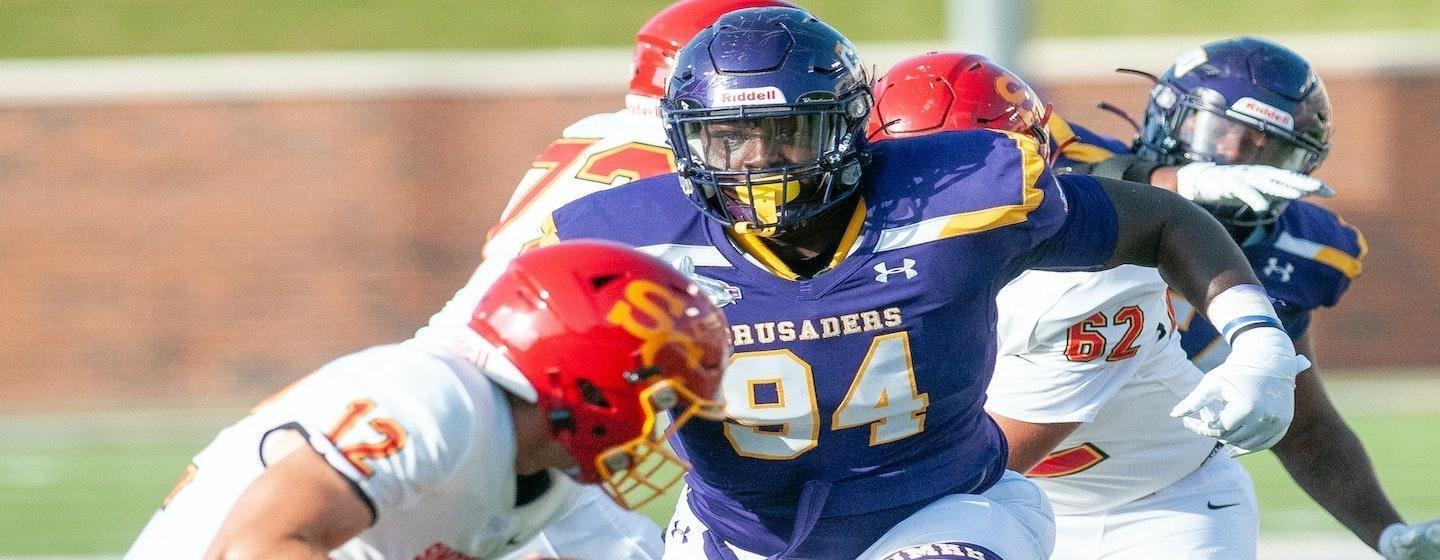HighTech Mouthguards Help Researchers Understand Concussions


Until now, most research into football related concussions used sensors built into football helmets.
But new technology is allowing for a novel approach to gain new insights into head injuries, using sensors built into custom-fit mouthguards.
The National Football League (NFL) is partnering with the University of North Carolina at Chapel Hill and three research universities to expand its collection of data regarding on-field head impacts to inform injury reduction efforts at the professional and collegiate levels.
Football players at Carolina as well as The University of Alabama, The University of Washington, and the University of Wisconsin will have the opportunity to opt-in to the NFL's program, which collects data from a sensor built into a custom-fit mouthguard.
The high-tech mouthguard sensors, which are currently used by players at 10 NFL clubs, are designed to collect kinematic data, including impact speed, direction, force, location and severity. Insights from the data collected will help inform the NFL's approach to injury reduction and decrease head impacts overall.
The NFL says data from earlier studies has already led to a better prediction of injuries, and that has influenced rule changes and the design of better-performing equipment, including position-specific helmets. The league believes that has helped improve the safety of the game.
"Sophisticated and specific data collection is central to our work to find better ways to research, diagnose, understand and better prevent injuries," said Dr. Allen Sills, NFL Chief Medical Officer. "We are excited to establish this partnership with not only nationally-recognized collegiate football programs who have a direct pipeline to the NFL, but also with esteemed research universities to expand the universe of inputs from which we can analyze, draw conclusions, and develop recommendations for how to make the game safer."
Players at all four universities are using the mouthguard sensors this season. The data collected is analyzed by the NFL-NFLPA's independent engineering experts at BioCore and in collaboration with NFLPA-affiliated consultants such at the Center for Injury Research and Prevention at The Children's Hospital of Philadelphia. Each university will be provided with a statistical analysis specific to their team to help inform their own efforts to advance player health and safety.
"The University of North Carolina has always been at the forefront of research in many areas, and particularly, player safety research," said University of North Carolina Head Football Coach Mack Brown. "When I was at UNC the first time, we were one of the first programs collaborating with researchers on player safety and head injuries. Player safety is so important to the health of our game, so anything we can do to assist in gathering research that could potentially make the game safer, we're happy to do. We're proud to join these other prestigious Universities and hope this program will continue to make a difference with injury prevention."
The mouthguard sensor program launched in 2019 as part of the NFL's $60 million commitment under the Engineering Roadmap to promote health and safety initiatives. The partnership with these four universities is an expansion of the NFL's broader approach to driving innovation in the sport and is the first phase of a program the league expects to expand to additional universities in the coming months and years.